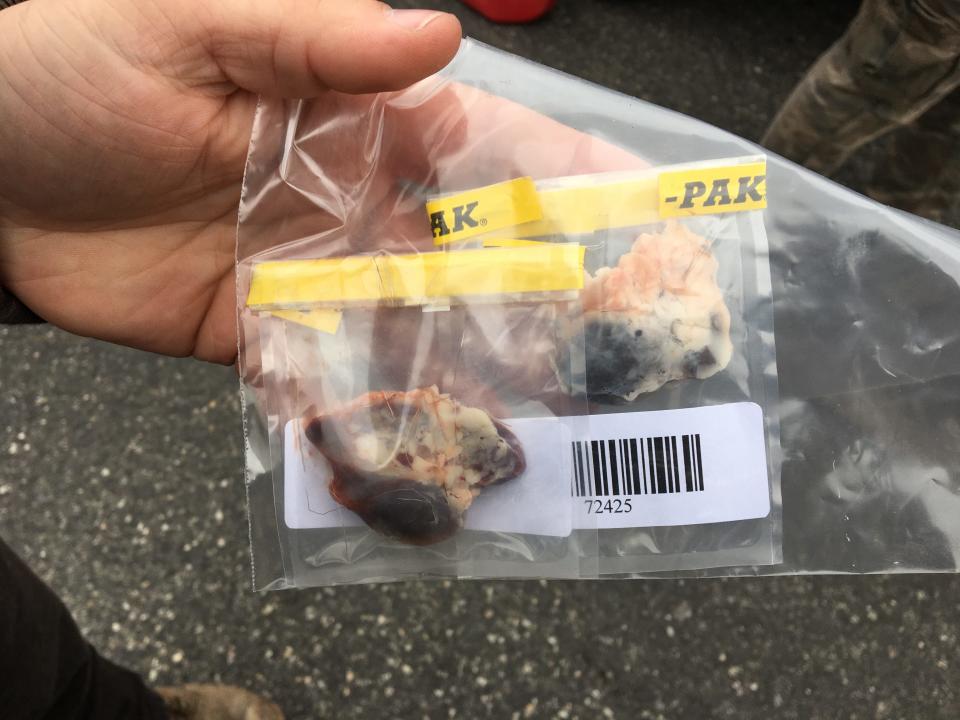Utah recruits hunters to help test deer for chronic wasting disease
Utah wildlife officials are recruiting hunters to help find cases of chronic wasting disease in deer.
A relatively rare transmissible disease that affects the nervous systems of deer, elk and moose, the disease has become more prevalent in recent years since it was first discovered in Utah in 2002.
The disease has been found in 158 mule deer and three elk since then, although officials say they don't think it is widespread and has only been found in six hunting units statewide.
While the Centers for Disease Control says the risk of transmission from animals to humans is considered extremely low, medical experts still recommend not eating meat from animals that are infected.
“We take the presence of CWD in Utah seriously and will continue to do extensive monitoring to stay on top of the disease and its prevalence in the state,” said Ginger Stout, the state wildlife veterinarian at the Division of Wildlife Resources.
To help learn more about whether the disease is spreading, officials are asking hunters to voluntarily bring in their harvested deer to be tested by the DWR. There are DWR testing stations set up across the state and the testing process should only take a few minutes, officials say.

In southern Utah, stations are located in Ivins and Cedar City, as well as at the junction of Interstate 15 and Utah Route 20, at the bottom of Cedar Canyon on Route 14 and at the Coral Pink Sand Dunes State Park. Hunters can contact the DWR Cedar City office at 435-865-6100 for locations and additional information.
“We ask that hunters stop at our check stations if they have harvested a deer, within the sampling units, in order to help us with our monitoring," Stout said.
It can be difficult to determine how the disease spreads to different parts of the state. Deer often spend their lives relatively close to where they were born, but they can travel long distances. It's also possible for a carcass to be taken from one part of the state to another during and after a hunt.
The disease is caused by an abnormal protein that damages the brains of infected animals, according to the U.S. Centers for Disease Control and Prevention. It was first identified in captive deer at a research facility in Colorado in the 1960s and spread to wild deer by 1981. It has since been discovered in more than two dozen states.
The protein is believed to transmit among deer in close proximity through saliva, feces, urine and blood. It is caused by the same type of protein particle as "mad cow disease" in cows.
There have been no known human cases, but it is unclear whether people can be infected.
David DeMille writes about southwestern Utah for The Spectrum & Daily News, a USA TODAY Network newsroom based in St. George. Follow him at @SpectrumDeMille or contact him at ddemille@thespectrum.com. To support and sustain this work, please subscribe today.
This article originally appeared on St. George Spectrum & Daily News: Utah hunters asked to help search for chronic wasting disease in deer

